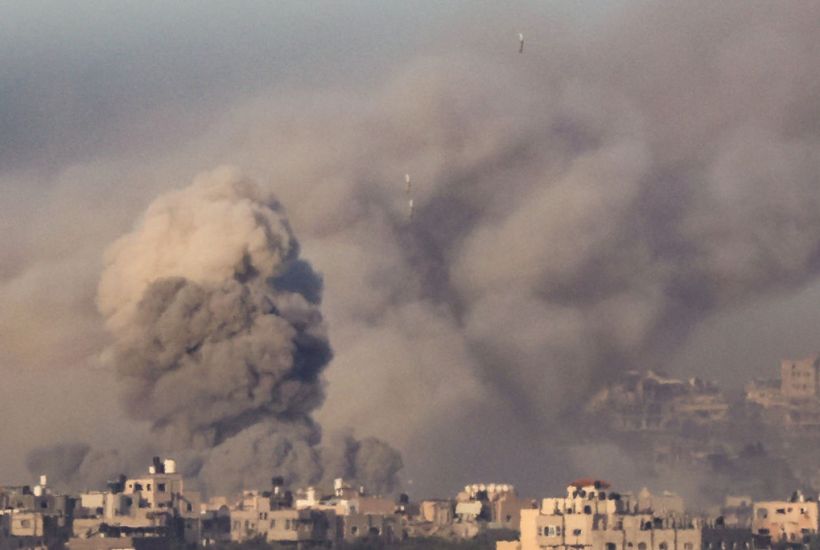Following days of speculation, the Israeli cabinet last night approved a deal with Hamas for the release of 50 Israeli hostages – 30 children and 20 women. Currently there are some 236 people, including soldiers and civilians, held in Gaza.
In exchange for the gradual release of hostages, Israel has agreed to four days of ceasefire and a release of 150 Palestinian prisoners.
Already a subscriber? Log in
Subscribe for just $2 a week
Try a month of The Spectator Australia absolutely free and without commitment. Not only that but – if you choose to continue – you’ll pay just $2 a week for your first year.
- Unlimited access to spectator.com.au and app
- The weekly edition on the Spectator Australia app
- Spectator podcasts and newsletters
- Full access to spectator.co.uk
Or




















Comments
Don't miss out
Join the conversation with other Spectator Australia readers. Subscribe to leave a comment.
SUBSCRIBEAlready a subscriber? Log in